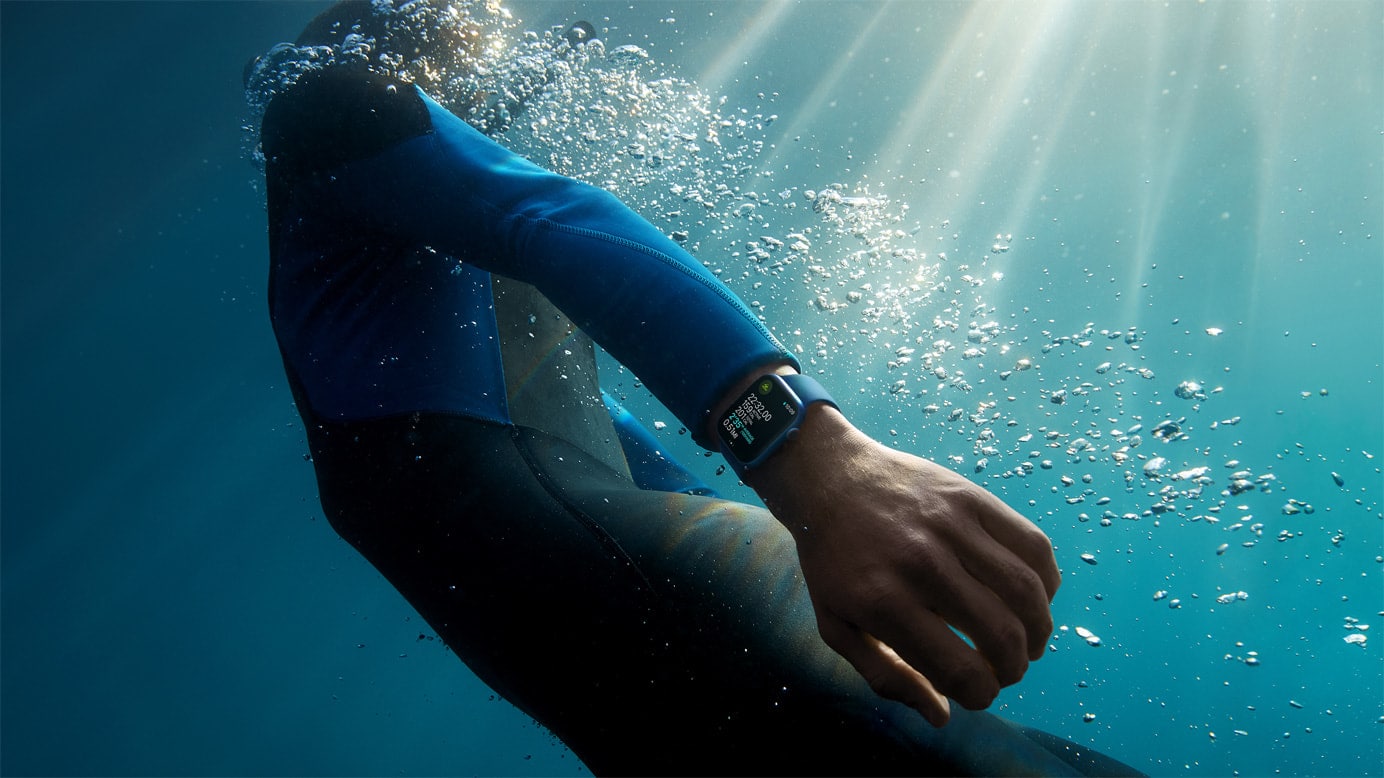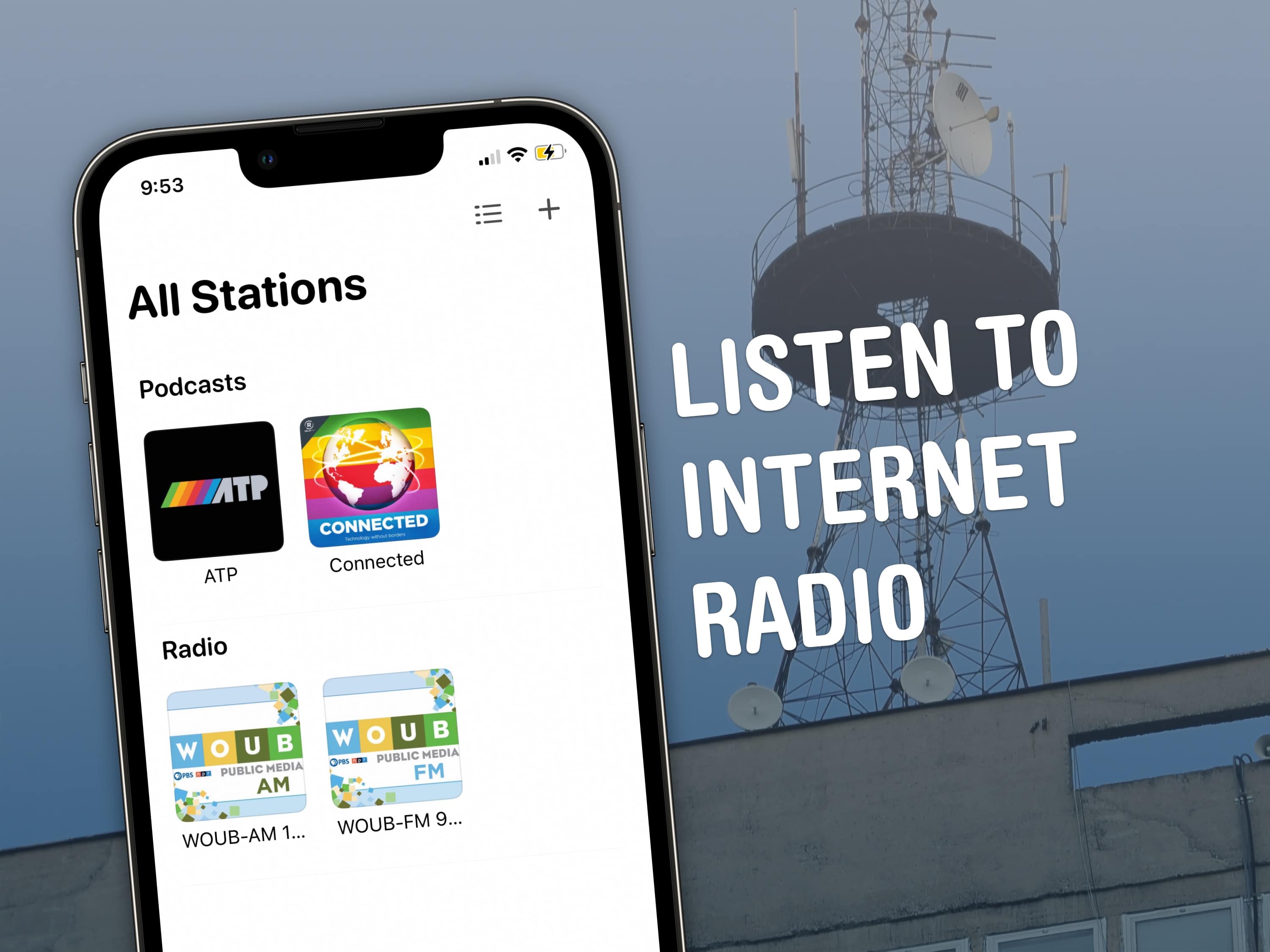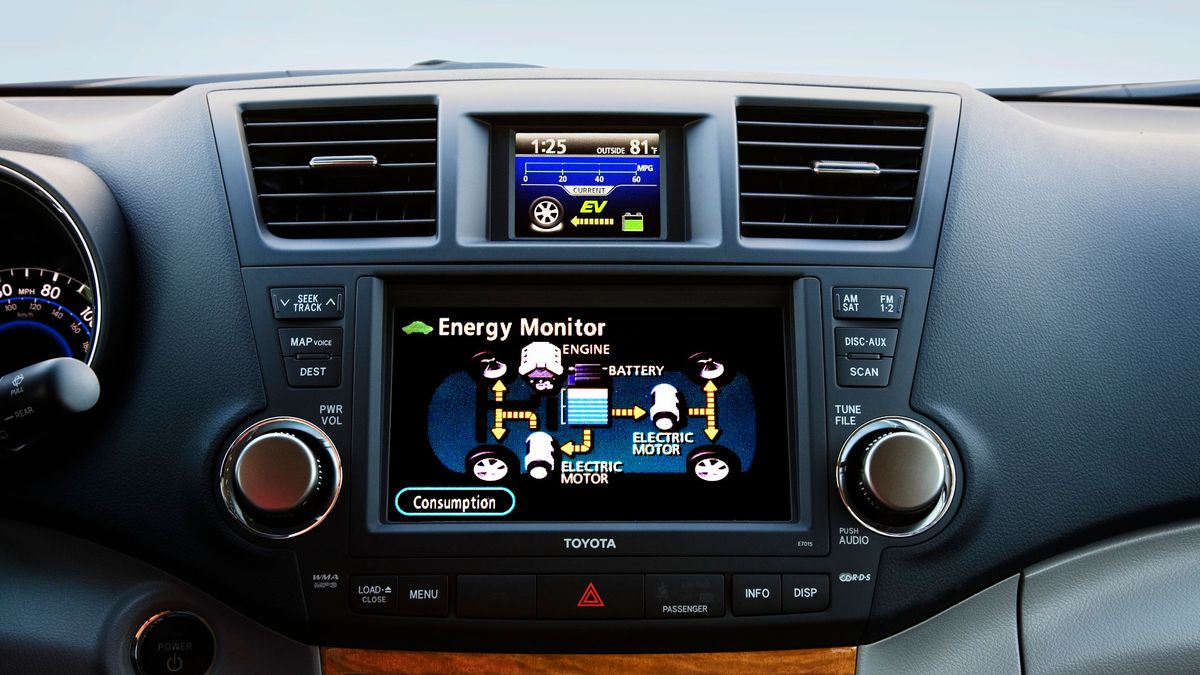
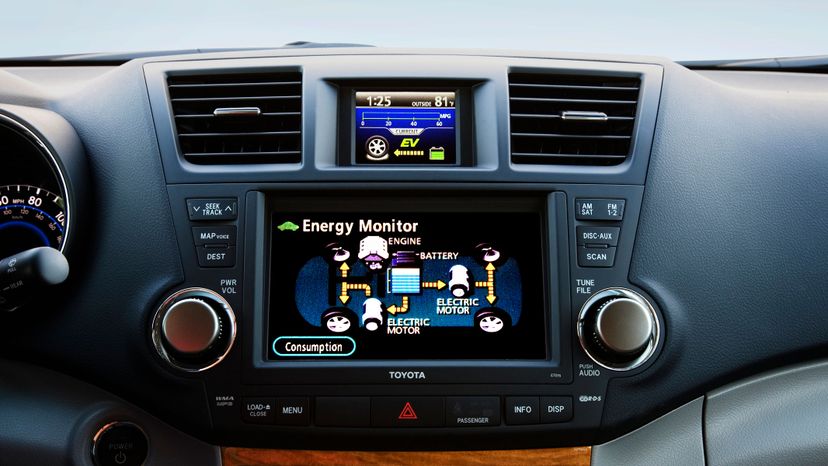
If your car is equipped with a tire pressure monitoring system (TPMS), you’ve probably faced the dreaded “low tire pressure” warning light (usually a picture of a horseshoe with an exclamation point in the middle!) Often, drivers see a sudden uptick in notifications when the weather turns chilly. This annoying and often ill-timed occurrence may have you wondering, what gives? And do I need to go fill up my tires?
“For every 10-degree drop in temperature, tire pressure decreases 1-2 PSI,” emails Rich White, executive director of the Car Care Council. PSI stands for pounds per square inch, and is a common unit for measuring pressure. “Cold shrinks – warm expands, basically. It’s typical at this time of year for motorists to get TPMS warnings and then get worried about their tires.” In this case, what’s shrinking is the volume of the air, thanks to the cold weather. Thus, less air equals less well-filled tires.
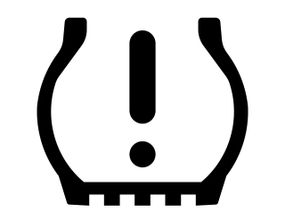
Wikipedia
Just because it’s a common occurrence doesn’t mean it’s one you should ignore. “Often people will see this [light] in the morning when it’s coldest. If the temperature warms, the light could turn off but it’s likely that tires will still be a few PSI underinflated,” White adds.
The TPMS constantly checks air pressure via small sensors inside of the tire’s air stems, explains Jason Lancaster, auto expert and founder of the site AccurateAutoAdvice.These systems, although well-intentioned, are not always totally accurate, and can be off by as much as 2 PSI, he says via email.
But though it can be tempting to ignore that blinking light and go on your merry way, he advises against it. “When you see the tire pressure warning, the best thing to do is a quick tire pressure check,” he says, noting that digital tire gauges are much more accurate than those found at many gas stations. “If your gauge says you’ve got 32 PSI in every tire (or you’re within 1 PSI of that number), you can ignore the light. Having said that, it’s foolish to ignore the light if you haven’t checked the tire pressure. You might very well have a tire with a hole in it, so it’s always smart to check.”
If you add air and the problem persists, go to a mechanic or tire shop for recalibration. And check your tires monthly to maximize tire health and spot problems early. The best time to do this is in the morning or when your vehicle hasn’t been driven in several hours. The tires should be “cold” to give the most accurate reading. Not sure how to check tire pressure? Visit the DMV’s step-by-step guide.
If you want to prevent the light’s appearance in the first place, Lancaster says there are a couple of things you can do:
- You can overinflate your tires by 2 or 3 PSI, for instance, to 35 PSI, instead of the recommended 32 PSI. “The downside to overinflation like this is that your tires will wear a little faster — and your car will ride a little rougher — but the difference is negligible. Personally, this is my solution to this problem,” he says.
- You can also inflate your tires with nitrogen instead of regular old air. “Nitrogen doesn’t expand or contract as readily as normal air, and the nitrogen machines also ‘dry’ the nitrogen so there’s no water vapor inside the tire. It’s the water vapor that causes the big pressure drops,” Lancaster says. “Most tire shops offer nitrogen inflation during install, so you have to opt for it at the time you buy.”
Originally Published: Nov 16, 2017

